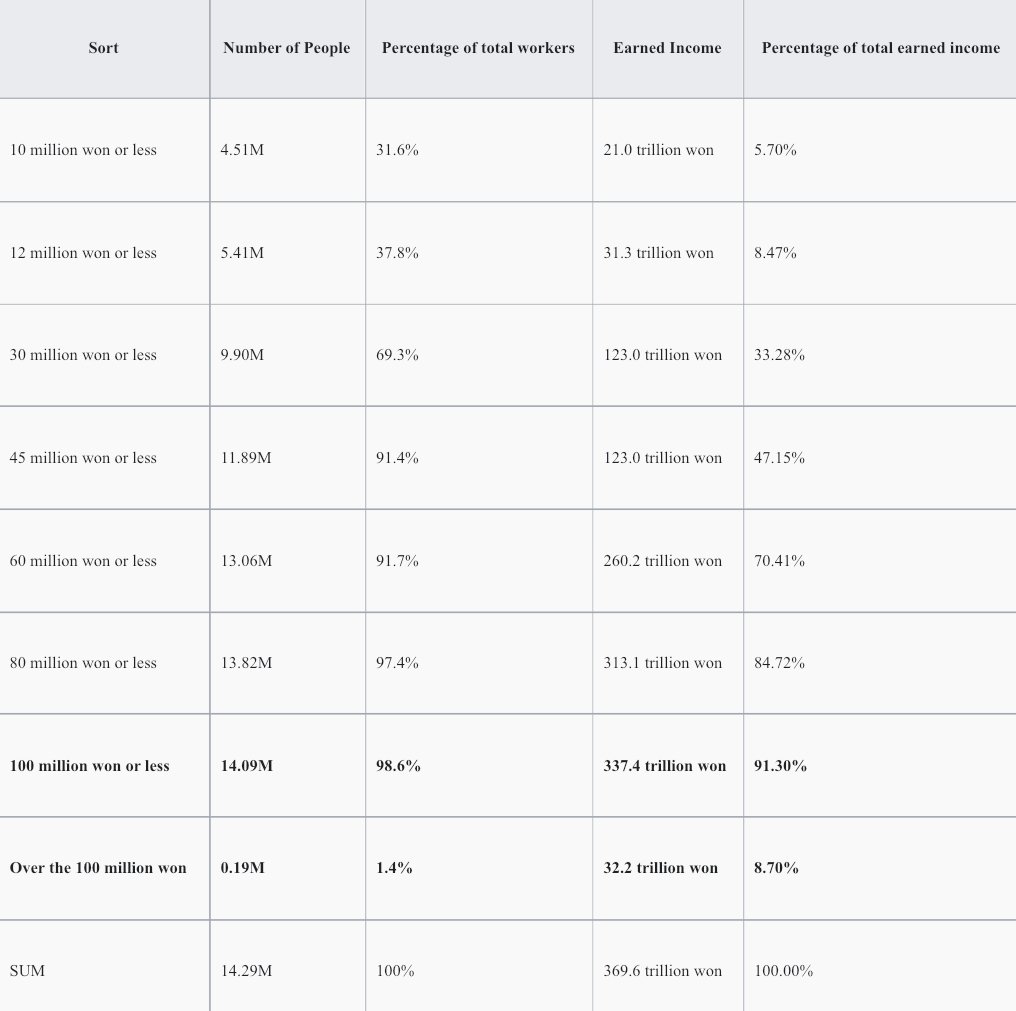South Korean Inequality
South Korea was in the 5th most equal countries in 2019, so what happened now?
After the financial crisis, economic inequality has been rising, and countries like South Korea were primarily impacted.
The income and wealth inequality in Korea has reached its highest level ever. The country's Gini coefficient, which measures income inequality on a scale of 0 to 1, was 0.354 in 2019, above the Organization for Economic Cooperation and Development (OECD) average. South Korea has the fourth-highest income inequality among OECD member countries, after the United States, Mexico, and Chile.
Despite having a solid economy as economic growth continued to increase drastically, the benefits of growth have been unevenly distributed in the past few years. The country has a relatively sizeable low-wage sector and a high level of temporary employment, contributing to income inequality. Additionally, there is a significant wealth gap between the elderly and younger generations, as the former has benefited more from economic growth and government policies such as generous pension plans. According to the data provided by the Government of South Korea from 2010, low-income earners earning 12 million won, or less ( $ 9167.62) made up almost 40% of the labor force. That is in contrast with the high income earned, whose earning consists of 100 million won or more ($ 76396.83), made up 1.4% of the labor force.
Using the Gini coefficient, the economist determines the measure of income inequality. In Korea, due to the Finacial crisis and Covid-19, there was positive growth in the Gini coefficient. Through the graph, we can see a rise from 0.26 in 1990 to 0.31 in 2015.
One of the primary reasons for the country's current economic state would be theCovid 19 Pandemic of 2020 that struck the world due to its enormous economic and social impact. In 2020 the virus exacerbated economic inequality in South Korea. Statistics Korea has stated that the COVID-19 pandemic significantly impacted employment in the country. Between February and May 2020, the number of employed individuals in the country decreased by 1.09 million. Individuals who worked in the food service industries have suffered job loss the most. In addition, the number of temporary workers decreased by 647,000 during the same period, highlighting the vulnerability of this group to economic shocks.
The pandemic has widened the gap between the rich and poor According to a report by the Korea Development Institute, the average income of the top 20% of households increased by 3.3% in the first quarter of 2020 compared to the same period in 2019, while the income of the bottom 20% of households decreased by 9.4%. This trend was attributed to low-wage workers being more likely to lose their jobs or face reduced working hours during the pandemic.
Written by Tomiris Kamitova | Proofread by Yasmin Uzykanova


